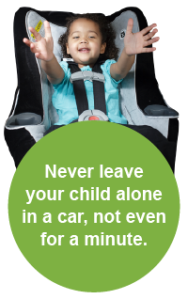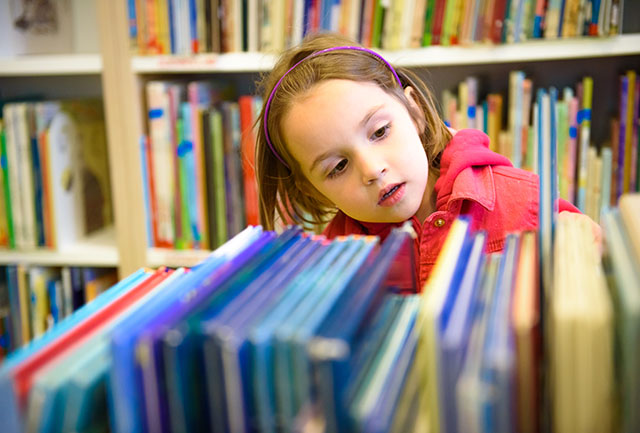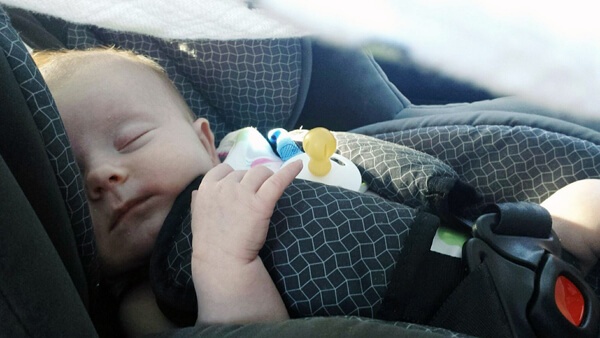You’ve seen it on the news. Every year as temperatures across the country rise, quiet children are forgotten in hot cars. The result is serious injury or death and families that are changed forever.
 Image via Safe Kids Worldwide
Image via Safe Kids Worldwide
Vehicular heatstroke is the leading cause of non-crash-related fatalities for children 14 and younger. Heatstroke has claimed the lives of 606 children from 1998 – 2013. Forty-four children died in 2013 alone. In 2014, there have already been eighteen deaths. With hyperthermia deaths occurring 11 months out of the year, that number will almost certainly rise. The good news is that these deaths are preventable.
What’s the number one cause of child vehicular heatstroke? Forgotten child care drop-off. The truth is that the majority of children who fall victim to heatstroke have the most loving and responsible of parents.
Everyone has days where their thinking is distracted. If you’ve ever jumped in the car and reached your destination in what seems like record time, it’s probably because part of your brain set itself on “auto-pilot.” This is an instinctive reaction, a function of the primitive side of the brain, and can happen for any number of reasons.
If you’re lucky, you’ve already made an absence verification plan with your provider and she calls you the moment your child fails to show up for care. This simple phone call could save your child's life. I urge you to take the time to set up a plan right now. And follow these steps to prevent vehicular heatstroke from happening to another child:
- NEVER leave a child alone in a car—not with the windows down, not with the car running, not even for a minute.
- Remember that children overheat up to five times faster than adults. Heatstroke can happen even on mild or cloudy days.
- Always check your backseat before you lock your car. Simple habits like keeping your purse or cell phone in the backseat are great ways to ensure a quiet child is never forgotten in your car.
- Thirty percent of children who died of vehicular heatstroke gained access to an unlocked car and then trapped themselves inside. Never leave a vehicle unlocked and teach children never to play in or around cars.
- Use technology to your advantage. The Kars4Kids Safety App, is a free, downloadable app that works with Bluetooth-enabled cars. The minute you and your phone leave the car, an alarm goes off reminding you to yes, check your backseat.
- Watch our archived heat safety webinar for more prevention tips.
- If someone else is driving your child, or your daily routine has been altered, always check that your child has arrived at their destination safely.
- Visit safercar.gov/heatstroke for fact sheets, flyers, and other helpful heatstroke awareness materials.
- For more information, visit the Safe Kids Worldwide page or check out these resources from the Administration for Children and Families.
- If you see a child alone in a car, take action immediately. Don’t wait for the driver to return. Call 911 immediately.
Don’t let another child fall victim to heatstroke. Never leave a child unattended in a vehicle and always check the backseat.






